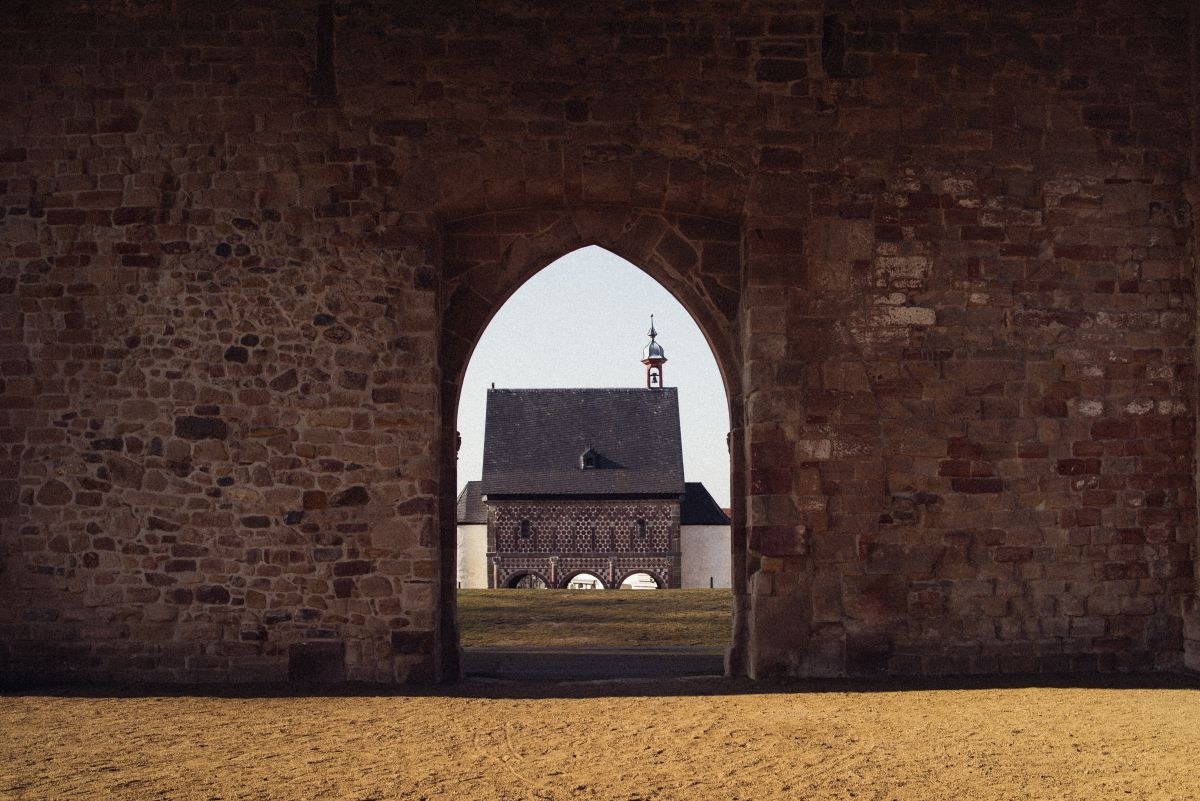The rise and fall of a centre of power - Lorsch Abbey (Part 1)
For centuries, monasteries have been regarded as places of tranquillity, sites of art and knowledge, shelters for refuge and retreat. Myths and legends are entwined around these spiritual and authoritative centres of the Church, but their economic importance during the Middle Ages cannot be overstated.
Lorsch Abbey enjoyed the reputation of being one such centre of power for hundreds of years, and during the early Middle Ages it became one of Germany’s most important places. The powerful abbey in what is now a small, sleepy Hessian town was the nucleus and focal point of a true cultural landscape. At that time, it exerted great influence on the economic development of an entire region - and far beyond.
Founded in 764 as a separate church belonging to one of the most important families of the high nobility - the Rupertines, or Robertines as they are known today - the abbey was subsequently given as a gift to Archbishop Chrodegang of Metz, who at the time was the only archbishop north of the Alps. It quickly developed into an important place of pilgrimage after Pope Paul I presented it with relics of great significance. As a result of a legal dispute over ownership and its subsequent donation to King Charlemagne, the small, noble abbey was transformed into a royal one with far-reaching influence.
"At the time, the abbey consisted of 3.5 hectares of densely built-up grounds with an impressive church, various buildings that served liturgical use, and an enclosure that was home to 50 to 100 monks,” explains Dr Schefers, Head of the Lorsch Monastery World Cultural Heritage Site Department. A specialist in the Early Middle Ages in Europe, his explanations provide a detailed insight into the further development of the abbey. "The importance of the abbey can be seen from the fact alone that later in the 11th century, it almost had something like its own internal market in the Middle Rhine region, with its own money and marketplaces. You can think of Lorsch Abbey at that time as being a sort of corporation with an abbot at its head. Some 4600 possessions and revenues from over 1000 sites in six European countries were owned by the abbey. The domestic colonisation of some low mountain ranges in the 11th century would be unimaginable without their monasteries. The economic areas and settlements that developed there were first and foremost influenced by Lorsch Abbey."
Next article in the series:The rise and fall of a centre of power - Lorsch Abbey (Part 2)
Gallery
Published on 19.10.2018
Share on Twitter?
By clicking on this link you leave the Kultur in Hessen website and will be redirected to the website of Twitter. Please note that personal data will be transmitted in the process.
Further information can be found in our privacy policy.
Share on Facebook?
By clicking on this link you leave the Kultur in Hessen website and will be redirected to the website of Facebook. Please note that personal data will be transmitted in the process.
Further information can be found in our privacy policy.









